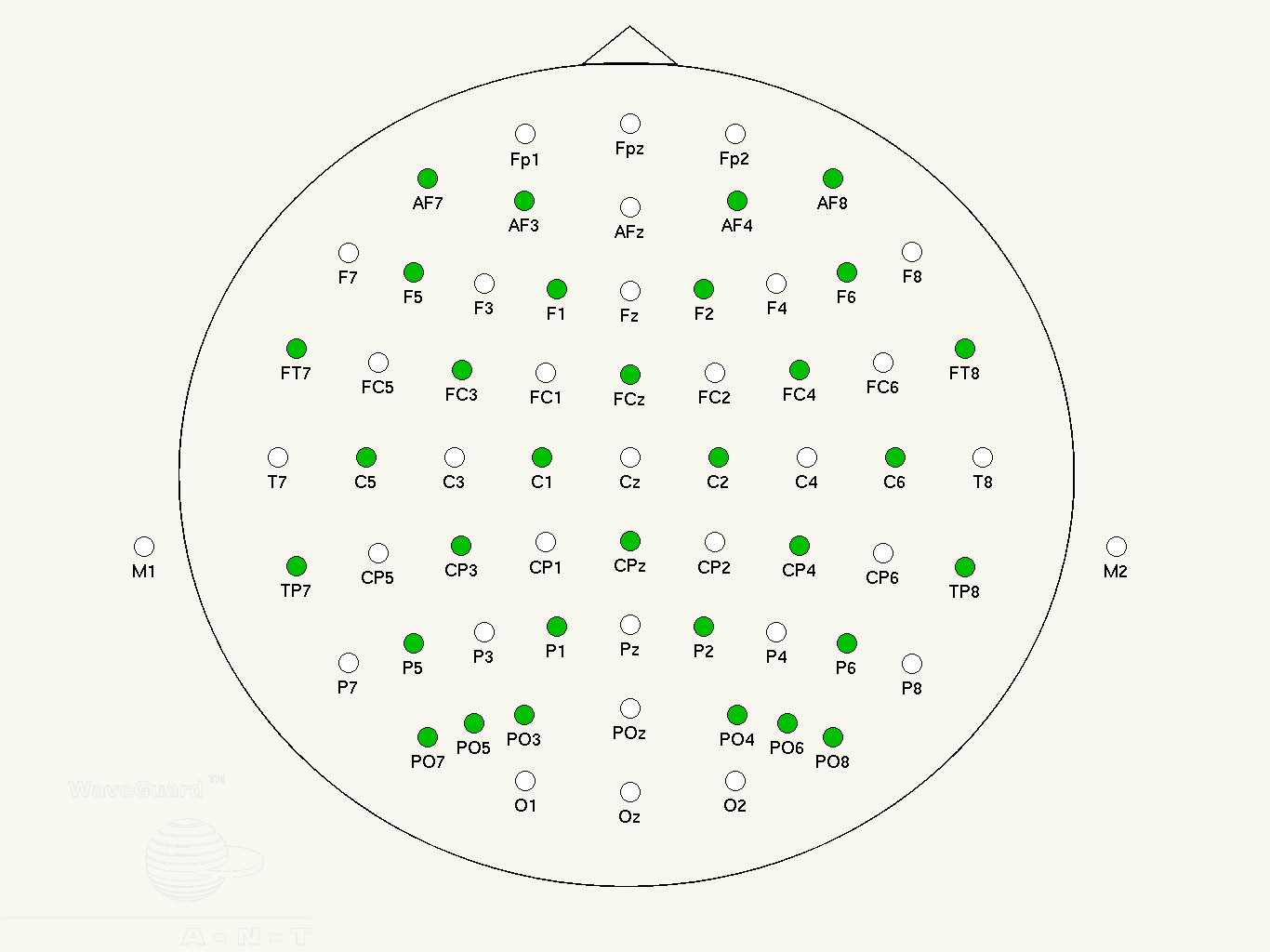
Figure 1 shows the simplified biopotential measurement.

In bio-signal recordings, electrodes are the initial elements which are used for converting biopotential signals due to biopotential sources into electrical signals. These major considerations are discussed and some suggestions are presented in this paper. In that sense, some factors to acquire good EEG signals should be considered in new designs and during recording sessions. Having expensive bio-signal recording systems cannot guarantee acquiring proper signals. Because of their low amplitude due to the skull’s composition, the measurement of EEG is more difficult than the other noninvasive biosignal measurements such as the electrocardiogram, electromyogram, electrooculogram, and so forth. These signals are roughly less than 100 V and 100 Hz and can be measured with electrodes placed on the scalp, noninvasively. The human brain generates electrical signals called EEG signals which are related to body functions, and this paper is about their acquiring. IntroductionĪlthough basics of the electroencephalogram (EEG) measurement in man have been the same since 1929, it was first made by Hans Berger, the technological developments give the opportunity to build much more sophisticated acquisition systems regarding clinical needs and scientific researches. In this paper, EEG electrode principles and main points of electronic noise reduction methods in EEG signal acquisition front end are discussed, and some suggestions for improving signal acquisition are presented. In electroencephalogram (EEG) recording electrodes, system electronics including filtering, amplifying, signal conversion, data storing, and environmental conditions affect the recording performance. Considering the pitfalls in the design of biopotential measurement system and recording session conditions creates better accuracy. Especially choosing correct electrode and design strategy of the initial electronic circuitry front end plays an important role in improving the system's measurement performance.

These considerations are important for users and system designers. The aim of this study is to present some practical state-of-the-art considerations in acquiring satisfactory signals for electroencephalographic signal acquisition.


 0 kommentar(er)
0 kommentar(er)
